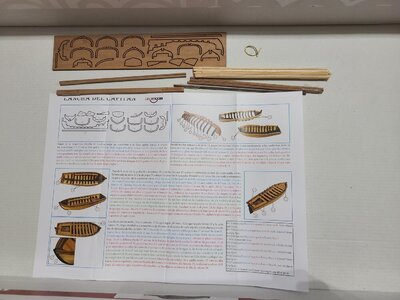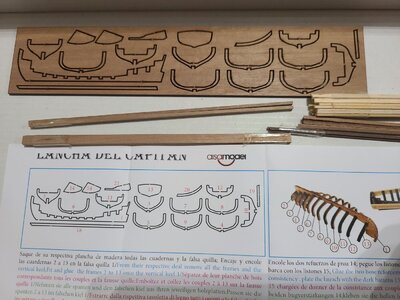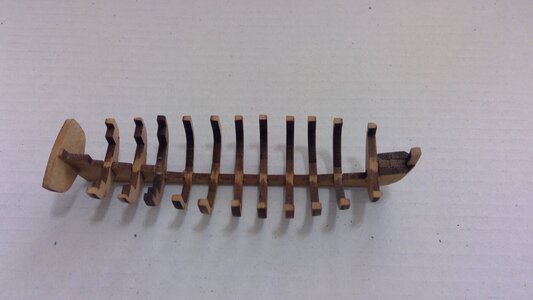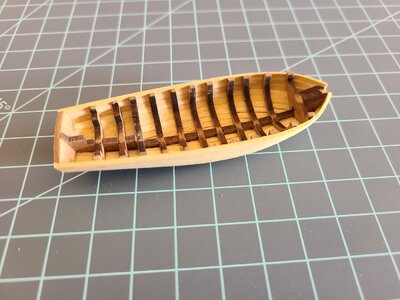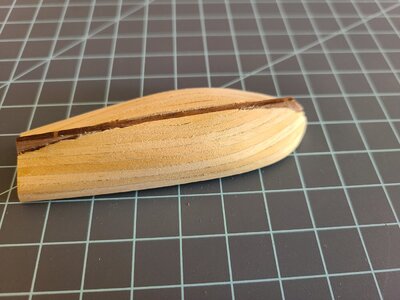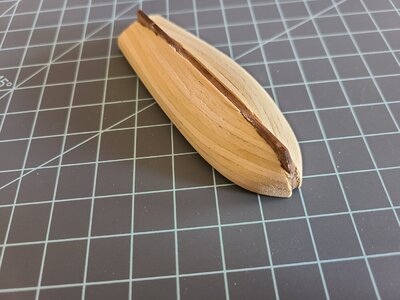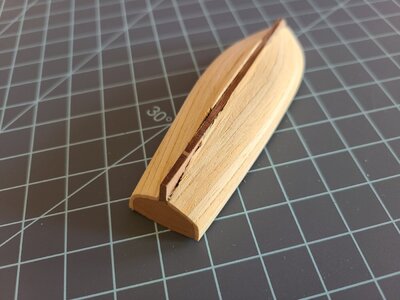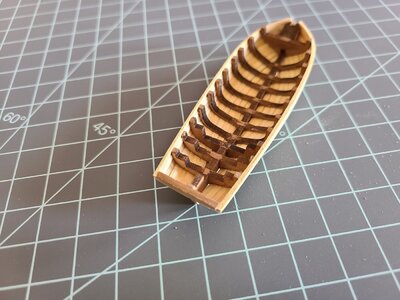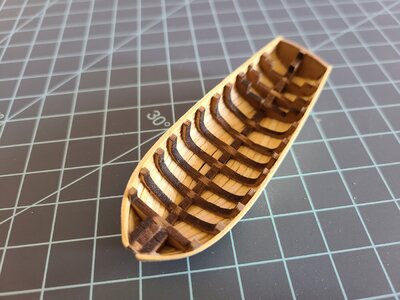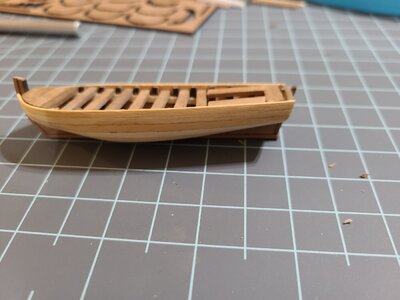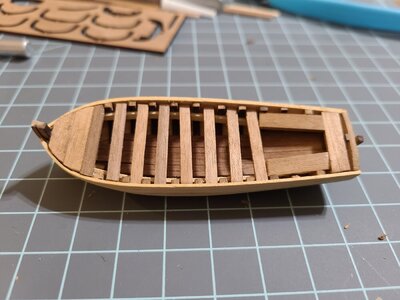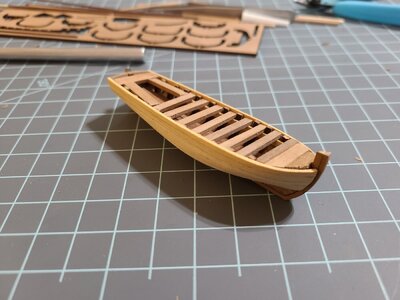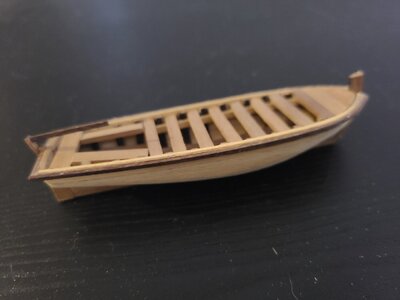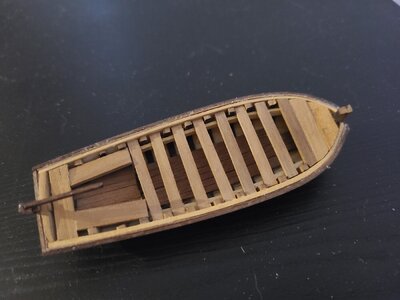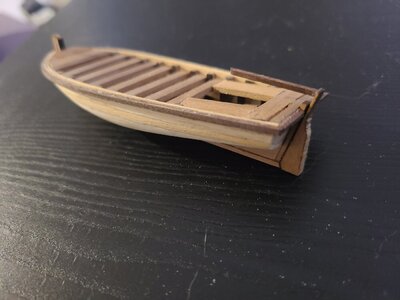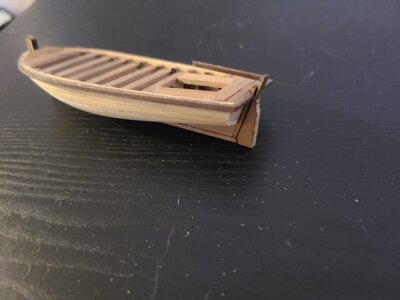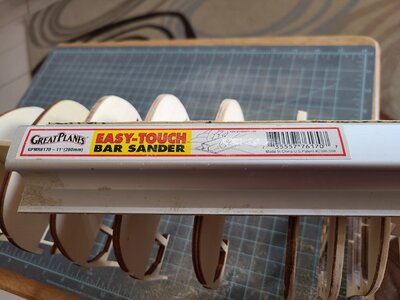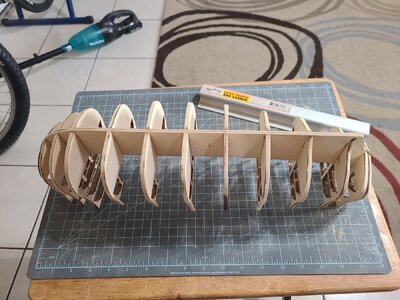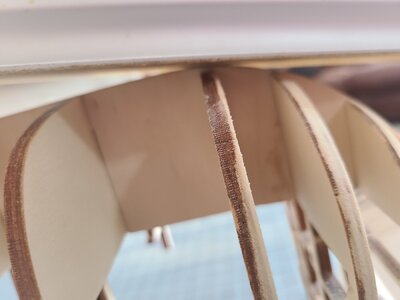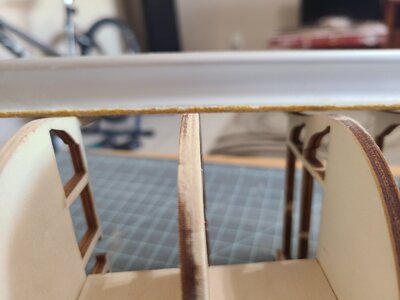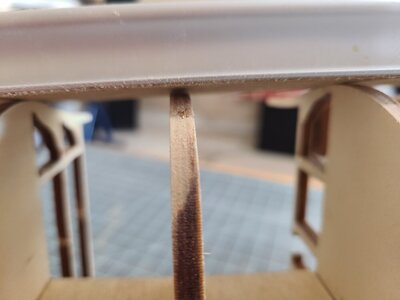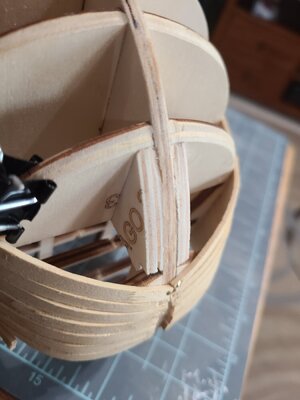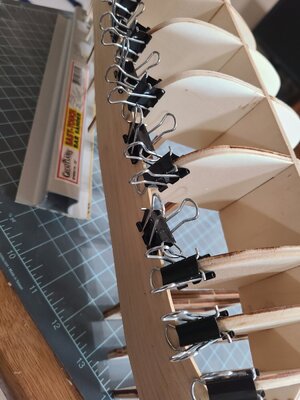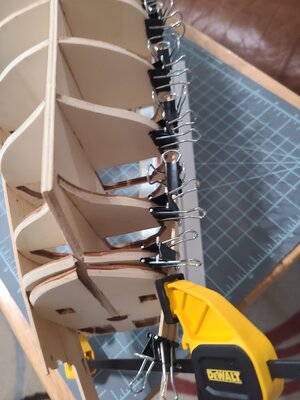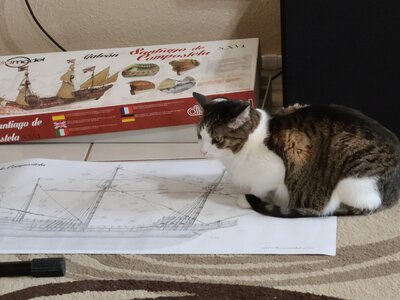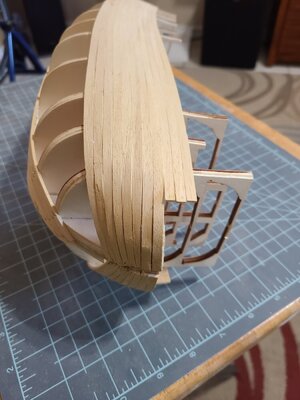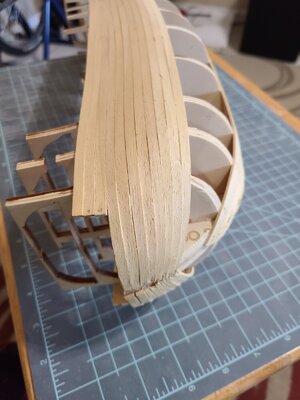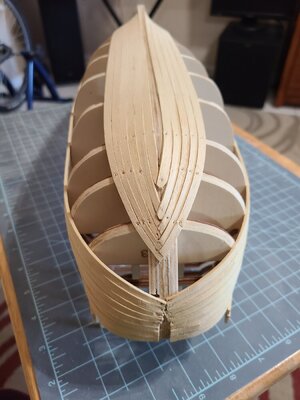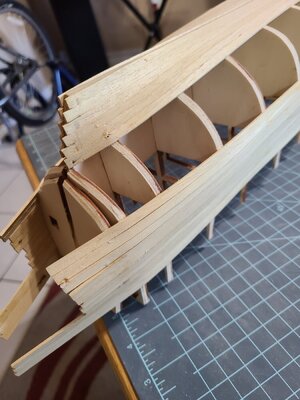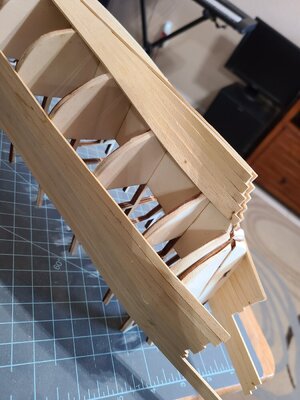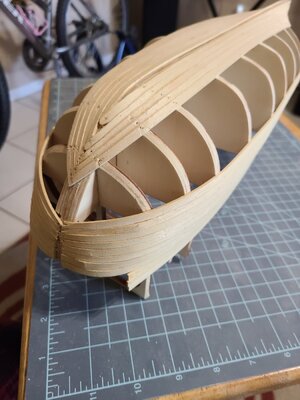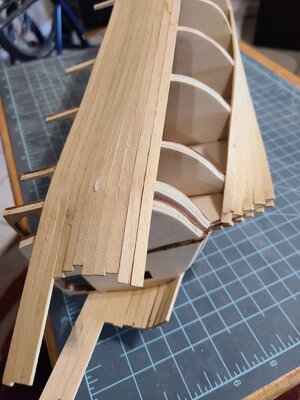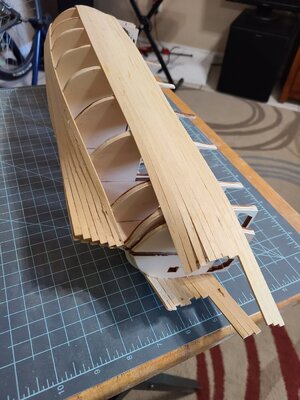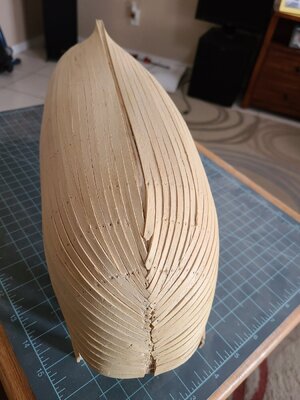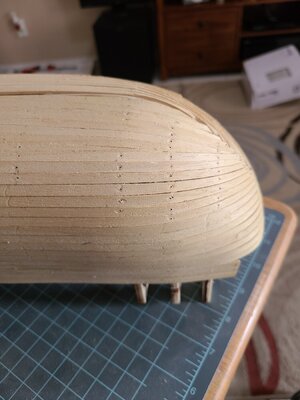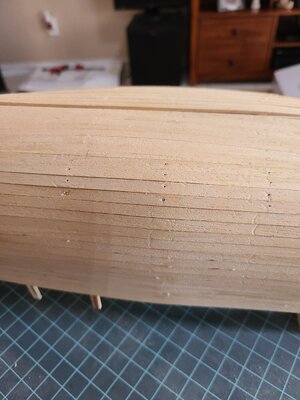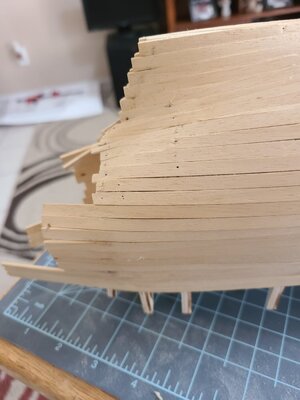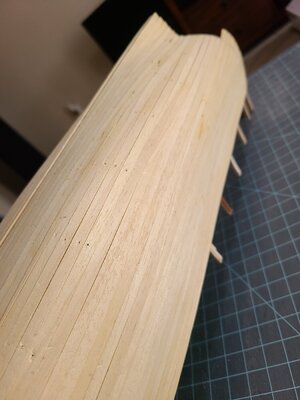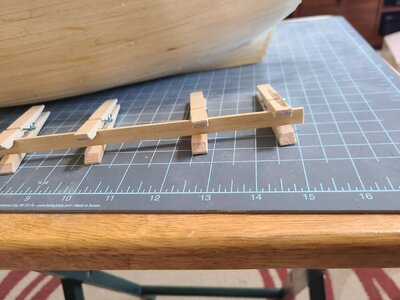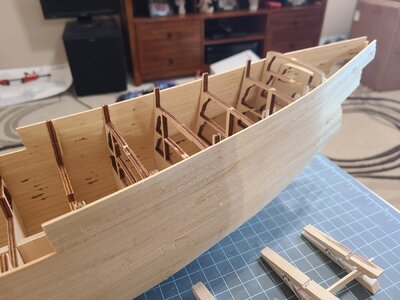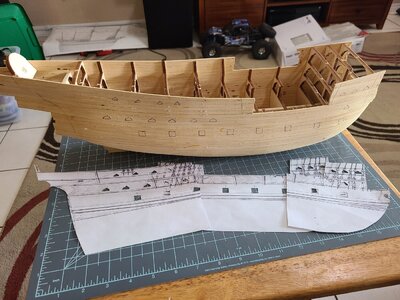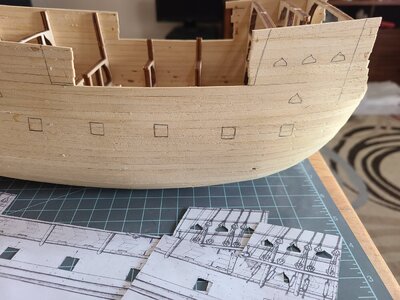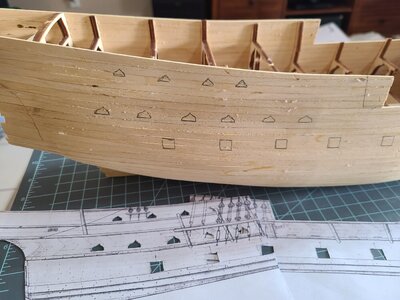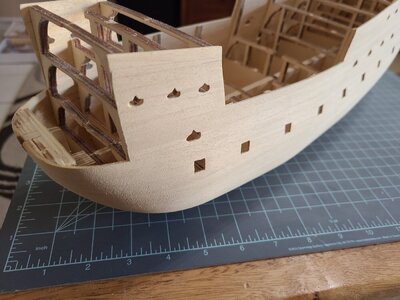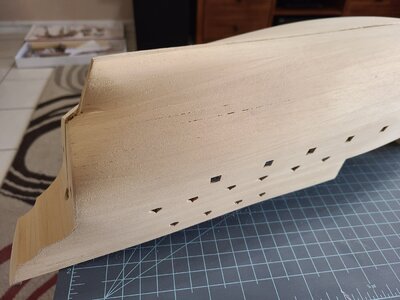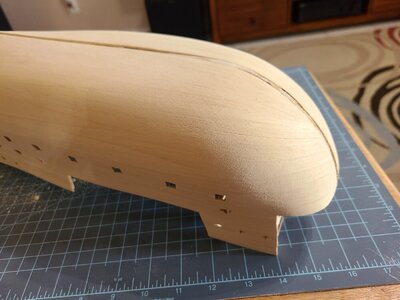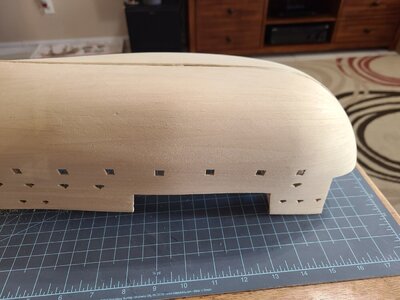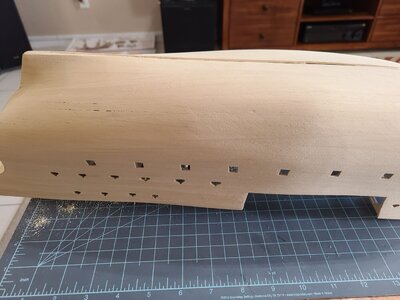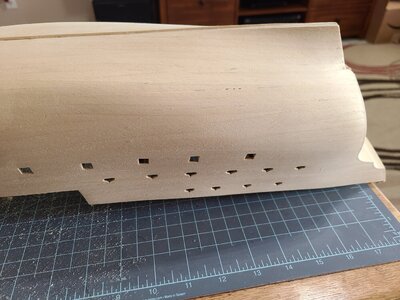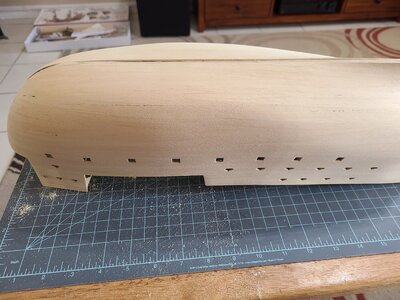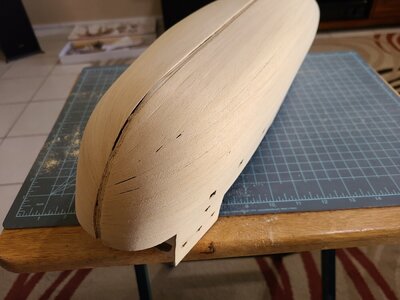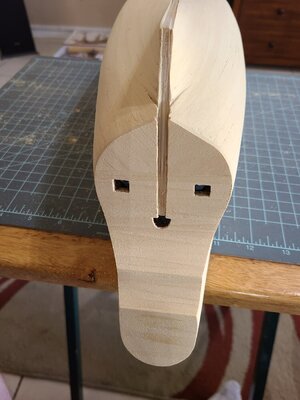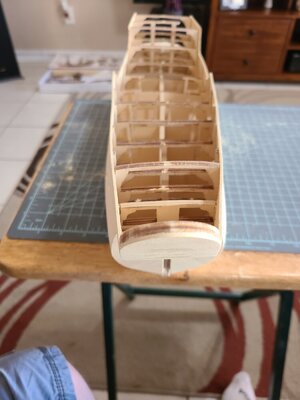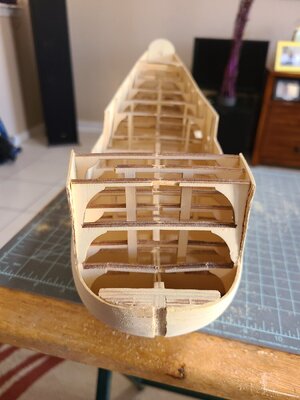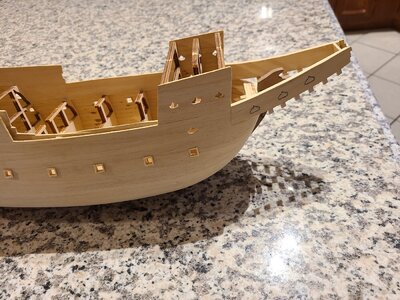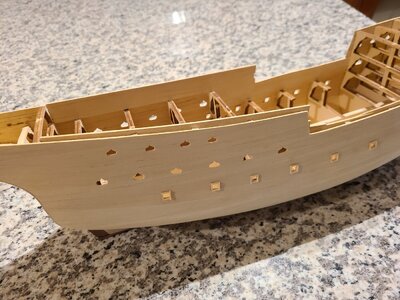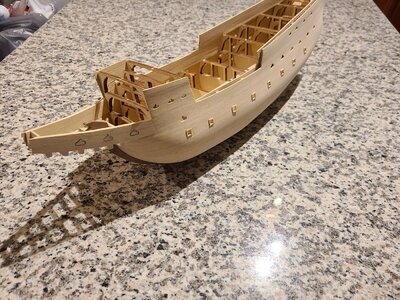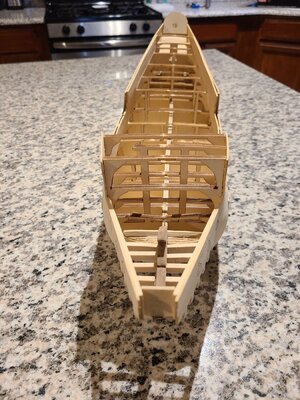Here I start my first ship build, and a log to document it.
Edit: I want to let everyone know that in this log all comments are welcome. All types of comments such as suggestions, advice, criticism, humor, friendly banter or whatever you wish to contribute is encouraged.
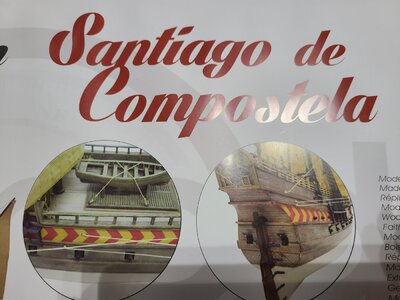
First a bit about myself. I've always had a fascination with the old sailing ships. As a kid I loved Treasure Island and really enjoyed going to the Matinee to watch Pippi Longstocking. I recall drawing ships while my friends were drawing cars and such.
I build my first ship as a teen, the USS Constitution plastic model that I finished, rigging and all. A while later an uncle asked me to finish a Cutty Sark he had started. He had the plastic model put together with only a couple of rigging lines tied. I spent a summer on the rigging. Then I discovered RC planes. Here I am 40 years later and back to sailing ships...
After looking through the forums, shopping around comparing various kits vs. price I finally decided on this ship, the Santiago de Compestela by Disar. I knew I wanted a Galleon but didn't want an English ship-not sure why but they just didn't appeal to me. This being my first wood model I'm not overly concerned about historical correctness, I'm building it simply because I want to build a wood ship. The fact these are not well documented is a plus for me-gives lots of room for artistic interpretation.
There seem to be no build logs of this ship. Again I consider this a plus, it will require me to problems that may arise on my own. Even with the great abundance of knowledge and experience based assistance I see on this forum what is done to the ship will ultimately be up to me. I like this sort of challenge.
Edit: I want to let everyone know that in this log all comments are welcome. All types of comments such as suggestions, advice, criticism, humor, friendly banter or whatever you wish to contribute is encouraged.

First a bit about myself. I've always had a fascination with the old sailing ships. As a kid I loved Treasure Island and really enjoyed going to the Matinee to watch Pippi Longstocking. I recall drawing ships while my friends were drawing cars and such.
I build my first ship as a teen, the USS Constitution plastic model that I finished, rigging and all. A while later an uncle asked me to finish a Cutty Sark he had started. He had the plastic model put together with only a couple of rigging lines tied. I spent a summer on the rigging. Then I discovered RC planes. Here I am 40 years later and back to sailing ships...
After looking through the forums, shopping around comparing various kits vs. price I finally decided on this ship, the Santiago de Compestela by Disar. I knew I wanted a Galleon but didn't want an English ship-not sure why but they just didn't appeal to me. This being my first wood model I'm not overly concerned about historical correctness, I'm building it simply because I want to build a wood ship. The fact these are not well documented is a plus for me-gives lots of room for artistic interpretation.
There seem to be no build logs of this ship. Again I consider this a plus, it will require me to problems that may arise on my own. Even with the great abundance of knowledge and experience based assistance I see on this forum what is done to the ship will ultimately be up to me. I like this sort of challenge.
Last edited:


